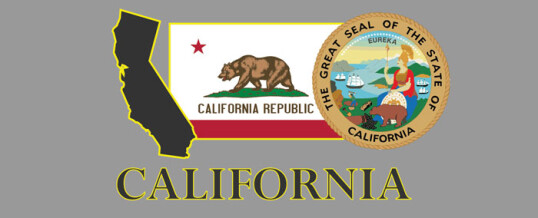
If you want to see where the country is headed under the Obama administration, look at California: a state in deep financial trouble that will collapse under its own weight if it does not wean itself off debt, excessive taxes and paralyzing regulations.
The same forces that are hurling California toward insolvency are beginning to affect the rest of the country.
I recently acquired a manufacturing company in the Sacramento area that is an incredible company with an incredible legacy and workforce. Every time I visit, I relish interacting with the people and the area’s majestic beauty.
But there is a feeling of uneasiness bubbling under the surface. Outwardly, everything looks fine, but underneath, people in California are very concerned because of years of mismanagement. Their state will disintegrate, and with it, their futures.
Already in 2012, three California cities — Stockton, San Bernardino and Mammoth Lakes — have filed for bankruptcy. And Moody’s Investors Service issued a report that predicts other California cities in financial distress will be soon in similar straits. More than 10 percent of California’s cities have declared fiscal crises, according to Moody’s, with the most troubled areas lying inland in the middle of the state and east of the Los Angeles area.
San Jose has shuttered libraries and laid off police officers to cut costs, and residents voted this summer to cut the pension benefits for city workers.
According to The Associated Press, “The municipal bond market has long been characterized by low default rates and relatively stable finances, Moody’s says, but that outlook is beginning to change as bankruptcy becomes a tool for cash-strapped cities. The agency also will examine the outlook for municipal bonds in other troubled states.”
This includes Michigan and Nevada as possibilities. Moody’s indicated that cities across the country are in financial distress, but said that a greater share of bankruptcies is expected in California.
The most troubling outcome of the crisis in California is its impact on jobs. The unemployment rate for California as of July was 10.7 percent, which is 2.4 percentage points higher than the national average.
And one of the biggest culprits is California’s crushing regulations. During a recent hearing about the impact of California’s carbon cap-and-trade program, local manufacturers described the impact the regulations would have on their companies:
Solar Turbines, an industrial gas turbine manufacturer with 4,000 employees: “I can say without hesitation that [Assembly Bill 32: Global Warming Solutions Act] is viewed by our company leaders as not only the most significant environmental regulation we have faced in California, but also the greatest threat to the growth of our business in California.”
Pacific Coast Producers, a producer of canned tomatoes and fruits: “Our costs over the life of this program will be at a minimum $1.5 million to $2 million. If cost of allowances goes too high for us, our option is to reduce production. Reducing production means reducing jobs, reducing our growers’ crops and all the suppliers and vendors that supply our growers. “
Owens-Illinois, the world’s largest glass-packaging maker: “It costs us 30 percent more already for us to do business in California than anywhere else in the United States.
What you see in California is being duplicated across the nation. It’s just another sign that the Obama administration’s policies are not working on a national level, state level or municipal level. They are not working anywhere.
California must not be an omen for what is to come for this country. A great state and a great country must find ways to restore economic stability and jobs.
It starts with a new administration that acknowledges the problems and provides a viable roadmap toward prosperity, for all of us. One thing is certain. It is not to be found in the California model, which closely resembles the Obama model.
AUG




